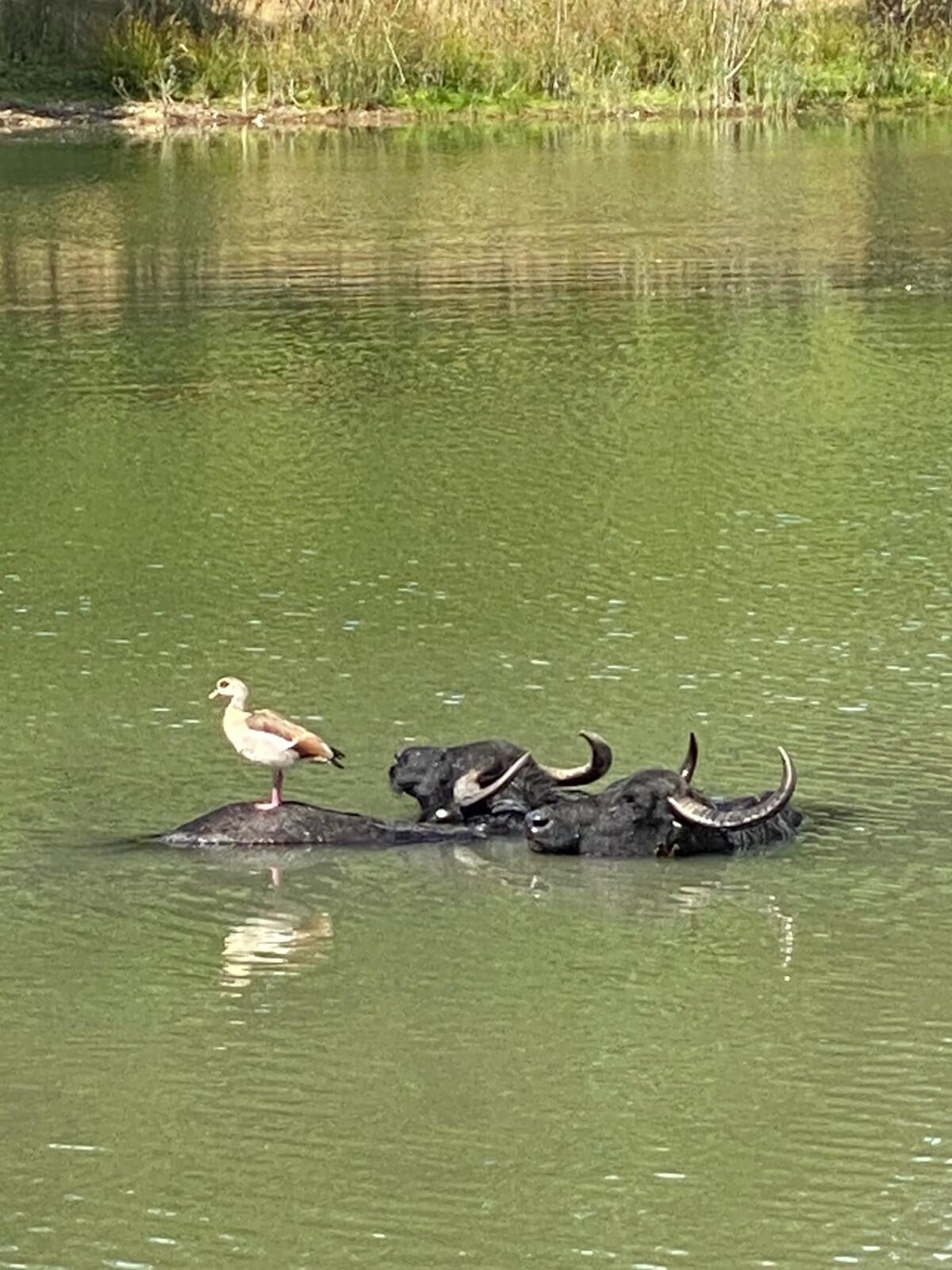Coping in a Heatwave

With an unprecedented heatwave arriving on Monday, it isn’t just humans who will be suffering, our wildlife certainly will too. Many of the animals here at Watatunga are native to the tropics and hot deserts, but that doesn’t mean that they are immune to the extreme weather, and Alex and Jono will explain more, as well as giving handy tips for caring for wildlife in your garden.

Our amazing Tour Guide Alex, whom many of you will know, says that many animals on the Reserve have evolutionary tactics to help deal with hot weather in their native lands. “Many species here originate in the tropics and in deserts and plains where extreme temperatures are commonplace. Species such as Blackbuck, Roan Antelope and Scimitar-horned Oryx which we have here have lighter shading on their underbellies, chest and inner legs to help reflect heat that bounces off the hot ground and many also grow separate coats depending on the seasons where it may be very wet or very cold.
The Scimitar-horned Oryx from sub-Saharan Africa has a unique adaptation of blood vessels under the nostrils that act to cool the blood heading to the brain as the animal breathes in which help to regulate body temperature, but as many of the animals we have at Watatunga were born in the UK, they are not used to temperatures of 40 degrees so we shall be keeping a close eye on them this week.”

Our Reserve Manager, Jono, said that the many habitats across the Reserve will help the animals to regulate their temperature during the heat of the day. “We are very different to many gardens, parks and zoos, as we have lots of different habitats including forest, scrub, lakes, woodland and meadows, and the animals are free to roam wherever they like. When the temperature heats up, we tend to find the animals more active in the early morning and late afternoon, and they usually retreat to shady spots in the heat of the day. With so many ponds and lakes across the Reserve, the animals are free to refresh themselves at any time, especially wallowing animals like Water Buffalo, but also White-lipped and Père David’s Deer going in for a paddle and splash, just like we humans do on the beach.”

Jonathan is also keen that people act to help out the local wildlife in their own gardens as they will be suffering next week. “The biggest thing people can do to help nature during periods of extreme heat is to put out water, but make sure it is shallow in order to prevent drowning. If you do have areas of deeper water such as ponds or drinking troughs, be sure to make sure there are mesh ladders to enable wildlife to escape should they get stuck. When animals are stressed and dehydrated, they are often prone to drowning, especially Hedgehogs and owls, so make sure there is an easy escape route for them. We have been experiencing a prolonged period of dry weather, so the usual natural sources of water have dried up for many animals, so anything we can do to help them in our gardens will make a difference.
